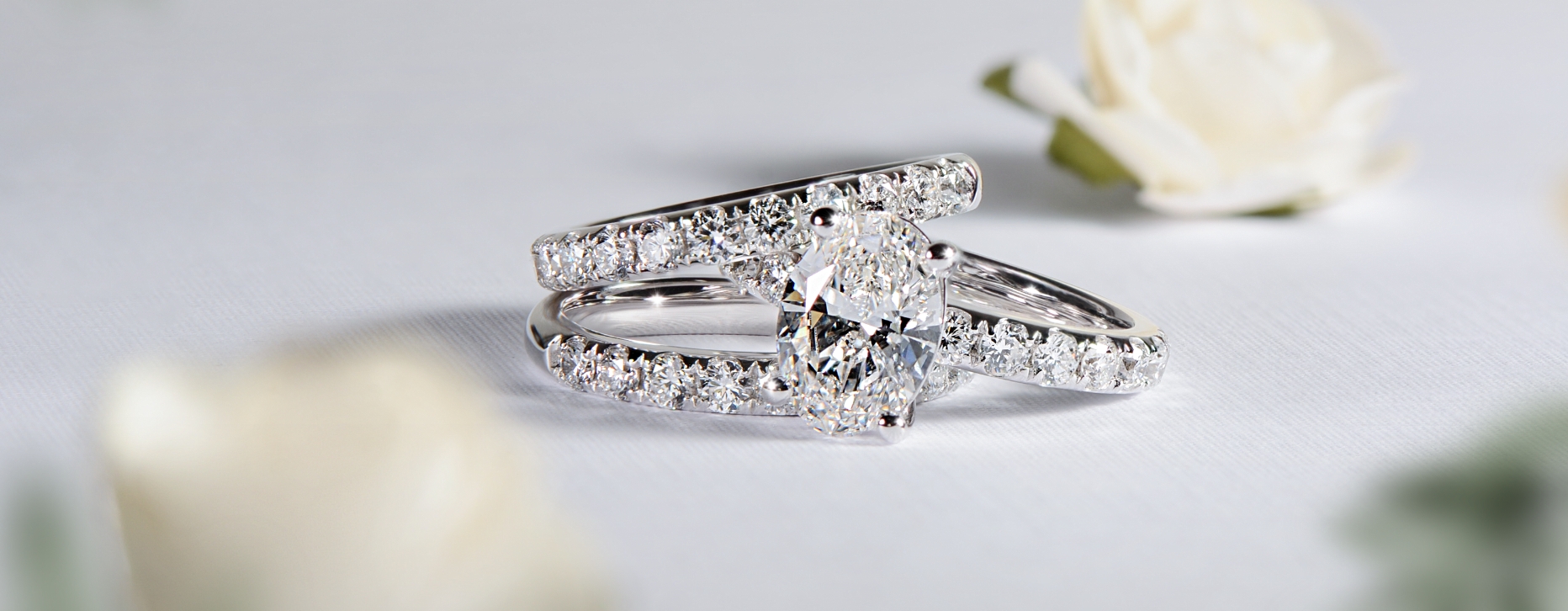In the dynamic world of jewelry and gemstones, the emergence of lab-created wholesale lab created diamonds has revolutionized the industry. These diamonds, created through advanced technological processes, offer an ethical and sustainable alternative to mined diamonds without compromising on quality or brilliance. For jewelers and retailers, understanding the nuances of wholesale lab-created diamonds is crucial to meet the growing consumer demand and to remain competitive in the market.
Table of Contents
The Science Behind Lab Created Diamonds
Lab-created diamonds are produced using two primary methods: High Pressure High Temperature (HPHT) and Chemical Vapor Deposition (CVD). Both processes replicate the natural conditions under which diamonds form, resulting in genuine diamonds with the same physical, chemical, and optical properties as their mined counterparts.
High Pressure High Temperature (HPHT) Method
The HPHT method involves placing a carbon source in a press and applying high pressure and temperature, mimicking the natural conditions found deep within the Earth. This method is often used to create industrial diamonds as well as gem-quality diamonds.
Chemical Vapor Deposition (CVD) Method
The CVD method entails placing a diamond seed in a chamber filled with carbon-rich gas. Through a process of heating and chemical reactions, carbon atoms deposit onto the seed, layer by layer, forming a diamond. This method is particularly favored for producing high-quality gem-grade diamonds.
Advantages of Wholesale Lab Created Diamonds
Ethical and Sustainable Choice
Lab-created diamonds address the ethical concerns associated with mined diamonds, such as environmental degradation and human rights violations. By opting for lab-grown diamonds, jewelers and retailers can assure their customers of a product that is free from the controversies of traditional diamond mining.
Cost-Effectiveness
One of the most significant advantages of lab-created diamonds is their affordability. They typically cost 20-40% less than mined diamonds of equivalent size and quality. This cost advantage allows retailers to offer competitively priced products, increasing their market appeal.
Quality and Consistency
The controlled environment of diamond creation ensures a high level of consistency in quality. Lab-created diamonds are available in a range of colors, clarities, and cuts, meeting the diverse preferences of consumers. Additionally, these diamonds often exhibit fewer inclusions and blemishes compared to mined diamonds.
Evaluating Lab Created Diamonds
When purchasing wholesale lab-created diamonds, it is essential to consider the same criteria used for evaluating mined diamonds, commonly known as the 4 Cs: Carat, Cut, Color, and Clarity.
Carat
The carat refers to the weight of the diamond. Lab-created diamonds are available in a wide range of carat sizes, allowing for flexibility in jewelry design and customer preferences.
Cut
The cut of a diamond influences its brilliance and sparkle. Lab-created lab made diamonds can be cut into various shapes, including the popular round, princess, and emerald cuts. A well-cut diamond reflects light beautifully, enhancing its visual appeal.
Color
Lab-created diamonds are graded on a color scale from D (colorless) to Z (light yellow or brown). High-quality lab-created diamonds often achieve top grades on this scale, offering exceptional colorless options that rival the best-mined diamonds.
Clarity
Clarity measures the presence of internal inclusions or external blemishes. Lab-created diamonds typically exhibit fewer inclusions due to their controlled growth environment, resulting in higher clarity grades and superior visual purity.
Market Trends and Consumer Preferences
Rising Demand
The demand for lab-created diamonds is on the rise, driven by increasing consumer awareness and preference for ethical and sustainable products. Millennials and Gen Z, in particular, prioritize environmental responsibility and social ethics, making lab-created diamonds an attractive choice for these demographics.
Customization and Innovation
Lab-created diamonds offer unparalleled opportunities for customization and innovation in jewelry design. Retailers can experiment with unique cuts, colors, and settings, catering to niche markets and personalized consumer preferences.
Competitive Advantage
Offering lab-created diamonds can provide a significant competitive edge. Retailers who embrace this trend can attract a broader customer base, including those who might have previously shied away from traditional diamonds due to ethical concerns or budget constraints.
How to Source Wholesale Lab Created Diamonds
Reliable Suppliers
Identifying reliable suppliers is critical to ensure the quality and authenticity of lab-created diamonds. Look for suppliers who provide certification from reputable gemological laboratories such as the Gemological Institute of America (GIA) or the International Gemological Institute (IGI).
Bulk Purchasing Benefits
Purchasing diamonds in bulk can offer substantial cost savings. Many suppliers provide discounts for large orders, allowing retailers to maximize their profit margins while offering competitive prices to their customers.
Certifications and Transparency
Ensure that your suppliers provide full transparency regarding the origin and production methods of their diamonds. Certifications and detailed documentation help build trust with customers and uphold the reputation of your business.
Conclusion
The future of the diamond industry is being reshaped by the advent of lab-created diamonds. For jewelers and retailers, embracing this change opens up new avenues for growth and customer satisfaction. By offering ethically sourced, high-quality, and cost-effective diamonds, businesses can not only meet the evolving preferences of modern consumers but also position themselves as leaders in the sustainable jewelry market.




